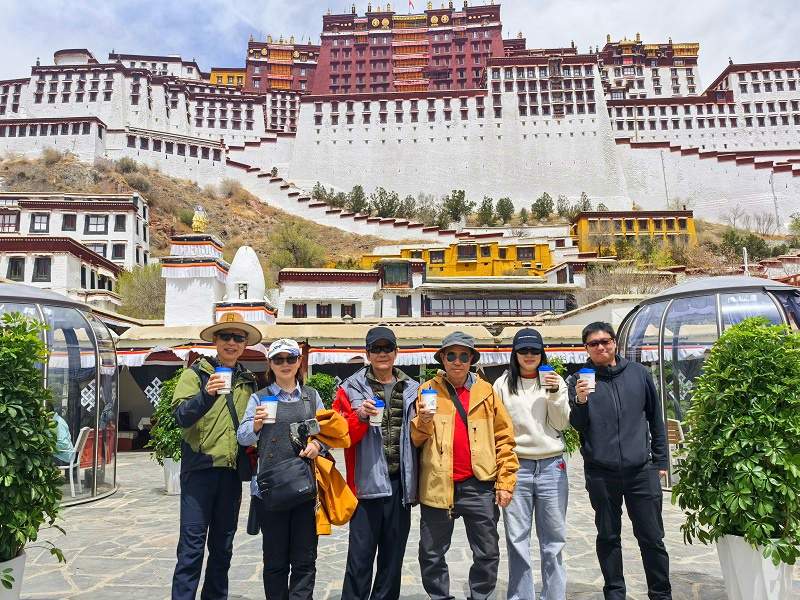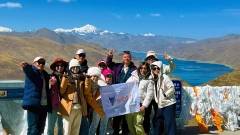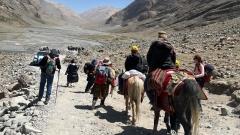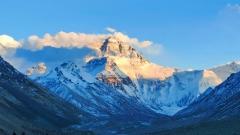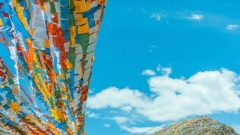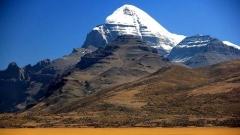Perched like a crown atop Marpo Ri (Red Hill) above the historic city of Lhasa, the Potala Palace is more than a striking silhouette against the Tibetan sky. It is a living chronicle – an architectural masterpiece, a spiritual center, and a museum of sacred art that tells the story of Tibet’s kings, Dalai Lamas, and Buddhist devotion.
Why the Potala Palace Matters?
The Potala Palace occupies a unique place in Tibetan identity. Its foundations trace back to the 7th century when King Songtsen Gampo moved the Tibetan capital to Lhasa and established a royal residence on Red Hill. Over time the site became tightly intertwined with Tibetan Buddhism and the lineage of the Dalai Lamas. For many Tibetans the palace is not merely a former political center but a sacred home associated with the bodhisattva of compassion, Avalokiteśvara (Chenresig).
More than a single building, the Potala is a complex of White and Red Palaces, chapels, stupas, and living quarters that together narrate a millennium of religious practice and political change. The White Palace historically served as the administrative and residential section, while the Red Palace is devoted to religious study and the preservation of relics, art, and stupas. Walking its corridors is like moving through layers of Tibetan time — from royal meditation caves to lavish gilded tombs.
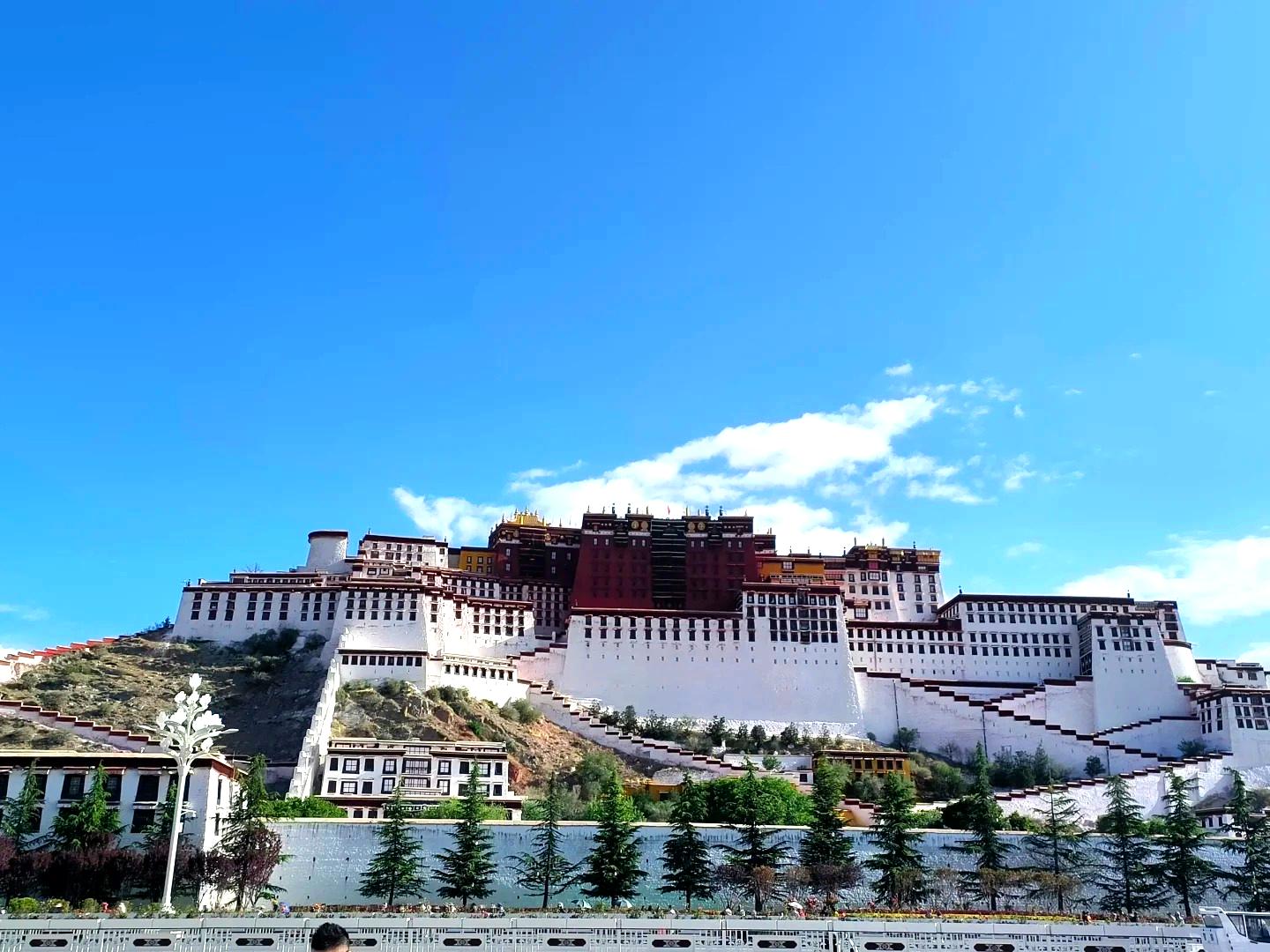
Potala Palace
A Brief Timeline Every Traveler Should Know
- 7th century (c. 635 AD): The earliest royal residence and meditation caves on Red Hill were associated with King Songtsen Gampo, who consolidated Tibet and established Lhasa as a capital.
- 17th century (1645–1649 and later): The Fifth Dalai Lama initiated a grand rebuilding and expansion of the old palace, creating the White Palace and establishing the Potala as the winter seat of the Dalai Lamas. Further additions completed the Red Palace and later embellishments added gilded roofs and stupas.
- 20th century: Successive restorations and the construction of stupas for later Dalai Lamas brought the palace to its modern form; the complex eventually became a museum and world heritage site.
These turning points shape the Potala’s dual identity as a political center and a monastery-like repository of Tibet’s artistic and spiritual treasures.
What You’ll Actually See at Potala Palace
The Potala Palace rewards careful attention. Here are the highlights you should plan time for:
- Red Palace (Central spiritual heart): Packed with chapels, dark wood corridors, and richly painted murals, the Red Palace houses the oldest meditation caves connected to Songtsen Gampo, shrines to Avalokiteśvara, and the majestic golden stupas of several Dalai Lamas — including the famous gilded reliquary of the Fifth Dalai Lama. The Great West Hall contains an enormous gilded stupa elaborately inlaid with gems and metals.
- White Palace (historical residence and offices): Once the living quarters and governmental offices of the Dalai Lama, this area lets you peek into private rooms, audiences halls, and administrative spaces that governed Tibetan life for centuries. Furniture, banners, and ceremonial objects create a powerful atmosphere of courtly tradition.
- Thangkas, murals and scriptures: Everywhere you look there are painted narratives — wall-length murals depicting history, cosmology, and the lives of saints — alongside carefully preserved Thangka scrolls and rare Buddhist manuscripts. These are primary reasons the Potala is treated as a cultural archive.
- Stupas and reliquaries: The sumptuous tombs of past Dalai Lamas are richly decorated and contain precious metals, stones, and ritual objects. They are at once devotional centers and works of art.
Practical Visitor Tips of Potala Palace
Potala Palace is fragile and high in altitude, so planning matters.
- Book tickets in advance. Daily visitor numbers are controlled to protect the site and the visitor experience. During peak travel season (summer months), tickets often sell out early. If your travel dates are fixed, secure tickets as soon as your schedule is confirmed.
- Best time of day. Early morning visits give softer light on the facades and fewer crowds. Midday can be busy, and late afternoon offers dramatic golden-hour photographs as the roofs catch the sun.
- Allow enough time, but don’t rush. A full walk-through of the key halls, chapels, and exhibitions usually takes at least 1.5–2.5 hours, depending on how many stops you make. Expect lots of stairs and narrow corridors; leave time to rest and to absorb the murals and shrine rooms slowly.
- Altitude and fitness. Lhasa sits at roughly 3,650–3,700 meters (about 12,000 ft). Climbing to the Potala’s entrance and walking inside demands moderate effort. If you arrive in Lhasa the same day, take it easy the first 24–48 hours, stay hydrated, and consider light acclimatization walks before tackling the palace. If you have significant medical conditions, consult a doctor ahead of travel.
- Wear comfortable shoes and warm layers. Even in summer the wind on Red Hill can be chilly; comfortable closed shoes are essential for stairways.
- Respect photography rules. Many inner chapels prohibit photography. Respect signs and staff instructions; the experience is best savored without a constant flash.
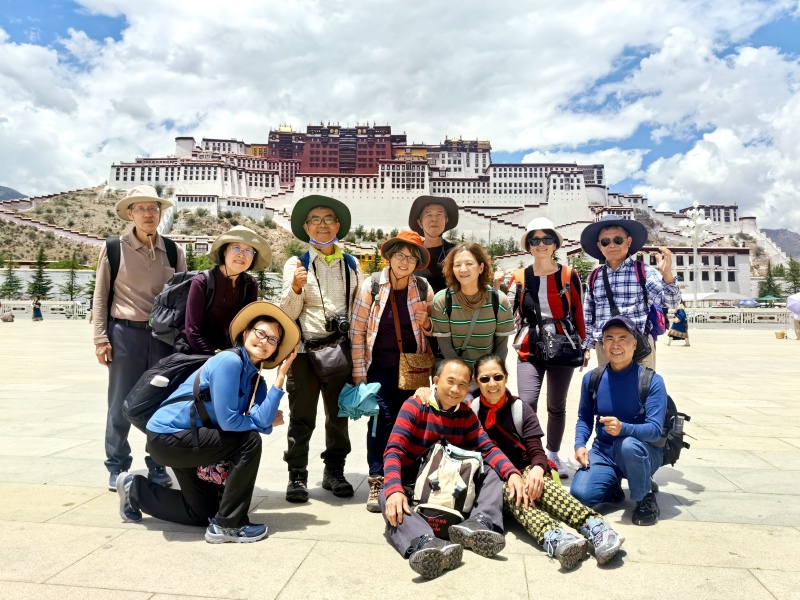
Tourists at the Potala Palace in Lhasa
How to Be A Respectful Visitor at Potala Palace
Visiting Potala Palace is also visiting a sacred place. A few simple gestures make a big difference:
- Dress modestly (avoid overly revealing clothing).
- Speak softly and avoid noisy group behavior inside halls.
- Follow path rules and don’t touch murals or artifacts.
- If you want to show respect, observe the local style: remove hats inside, and walk clockwise around shrines and stupas (as many pilgrims do).
- Ask before photographing people, especially while they are praying or performing prostrations.
Respectful behavior helps protect fragile art and supports the dignity of worship that continues inside the palace.
How to Get Potala Palace and When to Plan
Potala Palace stands in central Lhasa and is easily reached from Barkhor Square and many hotels in the old city. Most visitors walk from nearby neighborhoods, which is the best way to absorb the atmosphere of Lhasa’s age-old streets, markets, and teahouses. If you are farther away, taxis or arranged transfers are straightforward, but remember city traffic and security checkpoints can cause delays.
Combine a Potala visit with a stroll around Barkhor Street and a visit to Jokhang Temple for a full day of Lhasa’s spiritual core. Many travelers pair the palace with a gentle afternoon walk in the Norbulingka gardens (the summer palace) or a visit to a local teahouse for Tibetan butter tea and conversation.
Photography and Best Viewpoints of Potala Palace
For dramatic views of the Potala’s white terraces and golden roofs, head to the eastern and western faces of the palace at different times of day. From Sera or the eastern approaches you’ll capture the palace framed against the city, while viewpoints along the old city walls and across small reflecting pools offer more cinematic compositions. Remember, interior photography is restricted: prioritize respectful exterior shots and quiet appreciation within the sacred halls.
Conservation and Why Potala Palace Visitor Numbers Are Limited
The Potala’s murals, wooden beams, and precious textiles are vulnerable to humidity, light, and physical wear. To protect this fragile heritage, authorities limit daily visitors and enforce strict preservation rules. These protections ensure that future generations — and you — can continue to experience the palace’s art and spiritual atmosphere. The Potala is recognized internationally for its cultural value and is part of the Historic Ensemble of the Potala Palace, Jokhang Temple, and Norbulingka, protected as a UNESCO World Heritage site.
How to Deepen Your Experience at Potala Palace
- Guided tours with knowledgeable local guides will illuminate the layered history of the palace in ways that signs cannot. Local guides often share oral histories and small anecdotes — the kind of human details that animate the stones and murals.
- Evening cultural performances. In Lhasa you can sometimes see theatrical productions about historical figures connected with the Potala — for example dramatizations of Princess Wencheng’s journey or episodes from the lives of famous Dalai Lamas. These performances are entertaining and provide narrative context to your palace visit.
- Tea and conversation. After your tour, linger in a local teahouse to sip sweet Tibetan tea and hear stories from residents and pilgrims. It’s one of the gentlest and most rewarding ways to connect with the lived culture that surrounds the palace.
Safety and accessibility notes
- Mobility access inside the palace is limited due to stairs and narrow passages; those with reduced mobility should consult site staff for best options.
- Security checks are routine at major entrances. Expect bag checks and possible delays during peak seasons.
- Weather can change quickly at high altitude: bring sun protection, a hat, and an extra layer even in summer.
Final Practical Checklist for Visiting Potala Palace
- Reserve tickets in advance for your chosen date and time.
- Plan for 2–3 hours at the palace and more if you want a relaxed pace.
- Acclimatize to altitude before heavy exertion.
- Wear comfortable, warm layers and good shoes.
- Respect photography and silence rules in chapels.
- Combine your visit with Barkhor Street, Jokhang Temple, or Norbulingka for a full cultural day.
Want Help Planning A Respectful, Stress-free Visit at Potala Palace?
If you’d like help securing permits, arranging an early morning visit, or booking a knowledgeable local guide, China Dragon Travel offers tailored Lhasa itineraries that include Potala Palace access, local cultural experiences, and safe acclimatization plans. We can handle ticket reservations, transfers, and small-group guided tours so you can focus on the experience rather than logistics. Contact China Dragon Travel to make the most of your time in Lhasa and ensure a memorable, culturally respectful Potala Palace visit.



